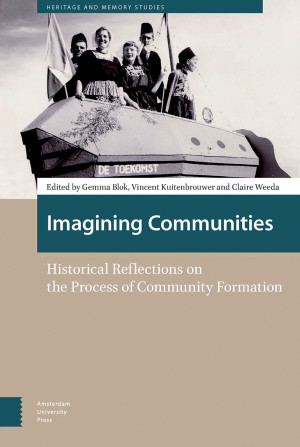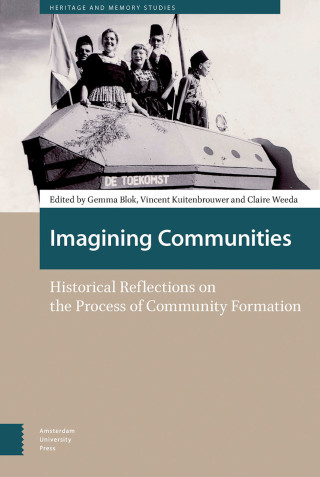Introduction by Gemma Blok, Vincent Kuitenbrouwer and Claire Weeda (editors)
1. Claire Weeda, ‘Meanwhile in Messianic Time: Imagining the Medieval Nation in Time and Space and English Drinking Rituals’
2. Suze Zijlstra, ‘Diverse Origins and Shared Circumstances: European Settler Identity Formation in the Seventeenth-Century Plantation Colony of Surinam’
3. Lotte Jensen, ‘Imagining Europe: The Peace of Ryswick (1697) and the Rise of European Consciousness’
4. Krisztina Lajosi, ‘Gypsy Music and the Fashioning of National Community’
5. Gemma Blok, ‘Tired, Worried and Overworked: An International Imagined Community of Nervous Sufferers in Medical Advertisements, 1900-1920’
6. Vincent Kuitenbrouwer, ‘From Heart to Heart’: Colonial Radio and the Dutch Imagined Community, 1920s’
7. Klaas Stutje, ‘Indonesian Nationalism in the Netherlands, 1920s-1930s: Long-Distance Internationalism of Elite Pilgrims in Homogeneous, Empty Time’
8. Marleen Rensen, ‘Time, Rhythm and Ritual: Imagined Communities in L’espoir (1937) and Les sept couleurs (1939)’
9. Barbara Henkes, Stamverwantschap and the Imagination of a White, Transnational Community: the 1952 Celebrations of Jan van Riebeecks Tercentanary in the Netherlands and South Africa’
10. Niek Pas, ‘‘L’Oranie Cycliste, une grande famille’: Recycling Identities and the Pieds-Noirs Communitas 1976-2016’
11. Alexander Dhoest, ‘Remembering and Imagining the National Past: Public Service Television Drama and the Construction of a Flemish Nation, 1950-1980’






